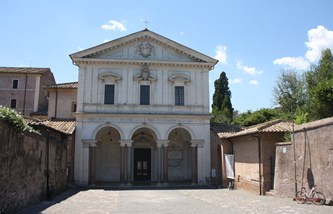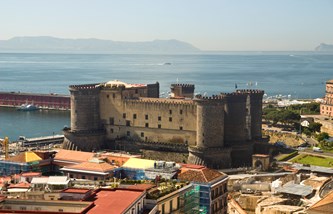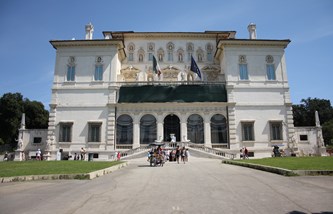Tours

Rome Tourist Card
Rome Tourist Card
Snap up the Rome Tourist Card and you'll get everything you need to explore Rome's top highlights including Colosseum, Palatine Hill, Roman Forum and Hop on/off bus. You can even choose the order you see things in.

Colosseum, Roman Forum & Palatine Hill: Priority Entrance
Colosseum, Roman Forum & Palatine Hill: Priority Entrance
Skip the long lines at the Colosseum with this priority-entrance ticket. This ticket will let you bypass the crowds. And after exploring the Colosseum you can head to the area of the Roman Forum and the Palatine Hill.

Vatican Museums & Sistine Chapel: Skip The Line
Vatican Museums & Sistine Chapel: Skip The Line
This ticket will make you save stress and time by allowing you to get priority entrance and skip the line. Visit the the countless masterpieces by Michelangelo, Raphael, Caravaggio, Tiziano and the Sistine chapel.
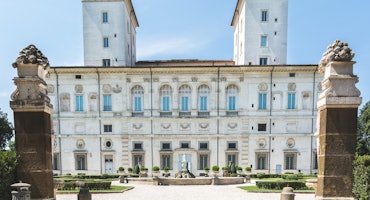
Borghese Gallery: Fast Track
Borghese Gallery: Fast Track
Galleria Borghese is located in the villa of the park Villa Borghese. Admire the architecture and furnishings of this beautiful villa. It is a museum full of art from the Renaissance. The collection includes several sculptures and paintings. Because of limited capacity get tickets for this museum weeks in advance.

St. Peter’s Basilica: Dome Climb with Guide
St. Peter’s Basilica: Dome Climb with Guide
Get the most out of your visit to St. Peters with a guided tour to climb the basilica’s dome designed by Michelangelo and admire one of the stunning view. After the tour, you can explore the the basilica at your own pace.
Ostia Antica
Ostia Antica is a huge archeological site that was once the main trading harbor of ancient Rome. The city stands out for the excellent preservation of its old buildings, remarkable mosaics and resplendent frescoes. It is known to be one of the oldest archeological site, with findings that date back to the fourth century BC. It served as a trading harbor and at the same time as a naval seaport. Ostia also functioned as a outpost to protect Rome from possible attacks by river.
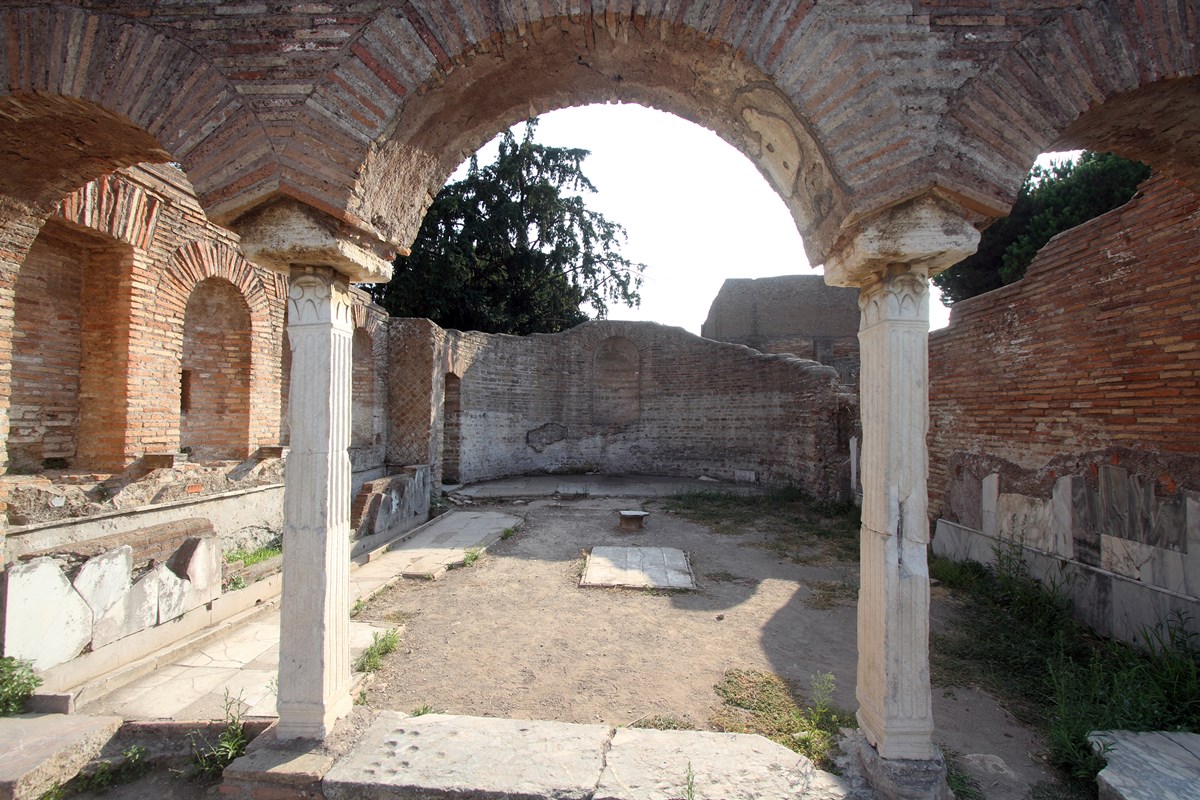
History
Ostia Antica was founded by King Ancus Martius in 620 BC. It is situated at the mouth of Tiber River, thus named as Ostia that was derived from a Latin word “ostium” which means “river mouth”. It was thought to be the first colony of Rome.
Under the leadership of Tiberius, the city was further developed in the 1st century AD. It was also Tiberius who ordered the construction of the first Forum in the city. Ostia Antica reached its peak in the 2nd century AD with a population of 75,000. During this time, many buildings and structures were constructed in the city. The constructions were initiated by Emperor Hadrian, Trajan and Antoninus Pius. The new buildings were built over the old structures.
During the 4th century, the city was hit by a malaria epidemic, which triggered the people to leave the city. For Ostia, this was the start of its decline. When the Roman Empire ended, the city suffered a further decline. Then, in the 9th century, it was finally abandoned because of the recurrent sacks and invasions.
Interesting Spots in Ostia Antica
- Archeological Scavenger Hunt
- Capitolium
- Cemetery (Necropolis)
- Forum
- House of the Paintings (Insula dei Dipinti)
- Mill (Mulino)
- Ostia Museum
- Piazza dei Lari
- Piazzale delle Corporazioni (Square of the Guilds)
- Forum Baths (Terme del Foro)
- Porta Romana
- Republican Warehouses (Magazzini Repubblicani)
- Terme di Nettuno (Baths of Neptune)
- Theaters
- Tombs and sarcophagi
- House of Diana (Caseggiato di Diana)

Getting to Ostia Antica
If you come from downtown Rome, getting to Ostia Antica is very easy. With a combination of train and metro rides, you will be able to reach the city in as much as 45 minutes. The ride will cost you just a single ticket per way. You can take the metro line B up to the Piramide metro stop. This metro stop is also the terminal of the train station of Roma Porta San Paolo. Just take one of the trains that head to the Lido di Ostia (Ostia's new town on the beach). Usually, there is a ride every 15 minutes. Along the way, Lido train trips stop at the Ostia Antica station.
Once you are in the Ostia Antica train station, it will take around five minutes walking to get into the entrance of the site. You simply need to cross the blue sky bridge and walk ahead a little further to Via della Stazione di Ostia Antica. Straight ahead is the parking lot and on the left side is the entrance.
Another great way of easily getting to Ostia Antica is by booking a tour. The booking fee includes all the entrance fees. The tour will be led by a highly experienced guide who speaks English. The tour guide will take with him/her the tickets to make sure everyone can get off at the exact stop. The tour group usually comprises a maximum of 25 people.
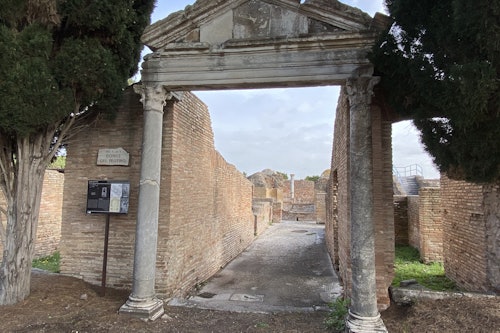
Ancient Ostia: Guided Tour
Ancient Ostia: Guided Tour
Ostia was once a beautiful port city. Due to a contagious disease, the inhabitants left the city and from that moment on it was left at the mercy of nature. Moreover, stones and marbles of the city were used for the construction of new buildings. Today, Ostia Antica is a interesting archaeological site. Walk through it with the guide, going back in time. Hear the stories and discover the secrets of what was once the most important port city of Rome.
Right after booking, you will be provided with a voucher which will serve as your proof of payment. Keep the voucher and take it with you when joining the tour. In the voucher, you can find complete information about the operator, including the local contact numbers at your destinations.
The tour will usually last a total of four hours. This includes the travel time and a 2.5 hours visit around the site.
After the tour, you will be given the option to either go back to Rome with the group or stay in Ostia Antica a bit longer. If you choose to stay, your train tickets will be arranged by the operator. There are a lot of things you can do in Ostia Antica. You may continue sightseeing, or enjoy swimming, sunbathing and savoring fresh air at the nearby beach.

